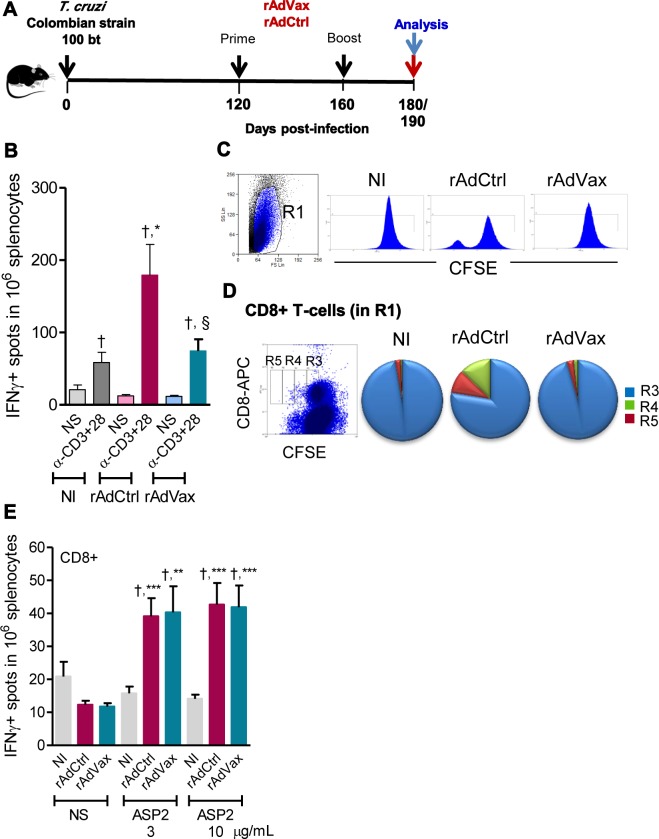Figure 4. Shift of the immune response through rAdVax immunotherapy in chronically T. cruzi-infected mice.
(A) Chronically Colombian-infected mice were primed-boosted with 2 × 108 plaque-forming units (PFU) of rAdCtrl or a mixture of 108 PFU of each adenovirus vaccine preparation (rAdASP2+rAdTS; rAdVax) and analyzed at the endpoints, as indicated. (B) Numbers of IFNγ-secreting cells in the spleens of immunized mice were determined using ELISpot after 20 hours of stimulation with anti-CD3 plus anti-CD28. (C) Representative histograms showing the R1-gated CFSEhigh-based lymphoproliferative response after 72 hours of stimulation with anti-CD3 plus anti-CD28. (D) Representative dot plot showing the R1-gated CFSELow-based lymphoproliferative response after 72 hours of treatment with anti-CD3 plus anti-CD28. After stimulation, the spleen cells were stained with APC-conjugated anti-CD8. Cycling CFSELowCD8+ cells were detected in gates R3, R4 and R5. (E) Numbers of CD8+IFNγ-secreting cells in the spleens of immunized mice were determined by ELISpot using the H-2Kb-restricted VNHRFTLV peptide (3 and 10 μg/mL). The results represent three to five mice per experimental group of non-infected (NI) controls and T. cruzi-infected mice immunized with rAdCtrl or rAdVax and analyzed at 190 dpi (70 days post-therapy). * P <0.05, ** P <0.01 and ***P <0.001, experimental groups compared with NI controls. † P <0.05, non-stimulated compared with stimulated condition in an experimental group. § P <0.05, rAdVax-immunized compared with rAdCtrl-injected T. cruzi-infected mice.

